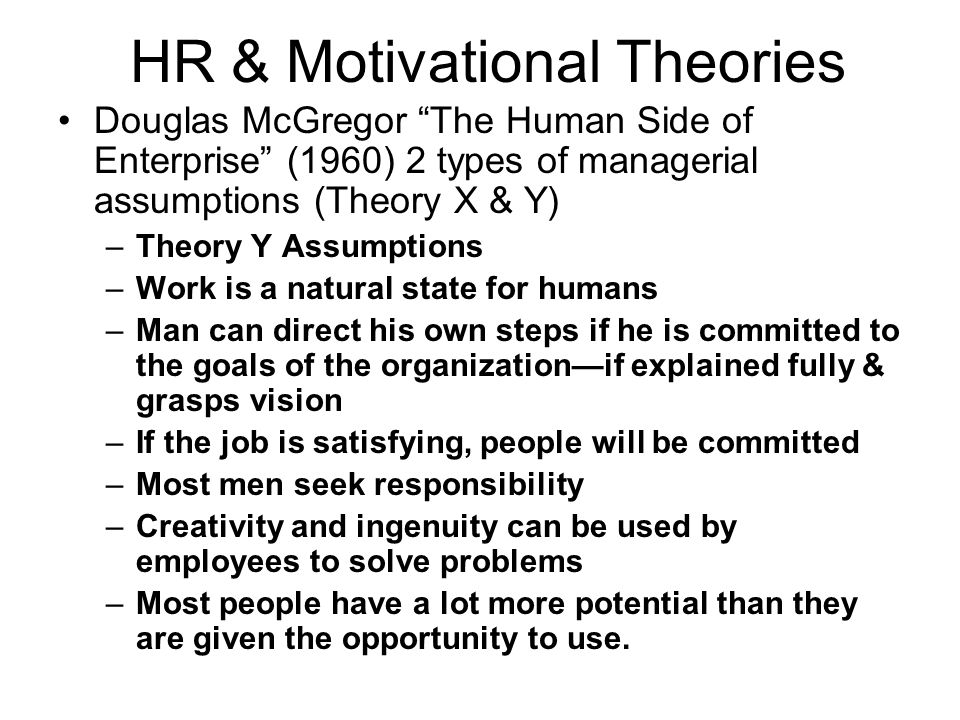The Contingency Theory of Organizations. It includes both an appreciation of the coherency of contingency theory overall and a frank recognition of some of the deficiencies in contingency theory research. The coherent underlying model provides the platform from which to make good some of the deficiencies through a series of improvements in theory.

Contents • • • • • • • History [ ] The contingency approach to leadership was influenced by two earlier research programs endeavoring to pinpoint effective leadership behavior. During the 1950s, researchers at administered extensive questionnaires measuring a range of possible leader behaviors in various organizational contexts. Although multiple sets of leadership behaviors were originally identified based on these questionnaires, two types of behaviors proved to be especially typical of effective leaders: (1) consideration leader behaviors that include building good rapport and interpersonal relationships and showing support and concern for subordinates and (2) initiating structure leader behaviors that provided structure (e.g., role assignment, planning, scheduling) to ensure task completion and goal attainment. About the same time, investigators from the University of Michigan's Survey Research Center conducted interviews and distributed questionnaires in organizations and collected measures of group productivity to assess effective leadership behaviors. Download burnout paradise for android mobile. The leadership behavior categories that emerged from the were similar to the consideration and initiating structure behaviors identified by the Ohio State studies. Blair itc font family name. The University of Michigan investigators, however, termed these leadership behaviors relation-oriented behavior and task-oriented behavior.
This line of research was later extended by Robert Blake and Jane Mouton in 1964 to suggest that effective leaders score high on both these behaviors. They suggested that previous theories such as 's and 's had failed because they neglected that management style and organizational structure were influenced by various aspects of the environment: the contingency factors.
There could not be 'one best way' for leadership or organization. Historically, contingency theory has sought to formulate broad generalizations about the formal structures that are typically associated with or best fit the use of different technologies.
The perspective originated with the work of (1958), who argued that technologies directly determine differences in such organizational attributes as span of control, centralization of authority, and the formalization of rules and procedures. Some important categories of business that can benefit from contingency theory include: • Technology • Suppliers and distributors • Consumer interest groups • Customers and competitors • Government • Unions Contingency approaches [ ] in his book describes the main ideas underlying contingency in a nutshell: • Organizations are open systems that need careful management to satisfy and balance internal needs and to adapt to environmental circumstances • There is not one best way of organizing. The appropriate form depends on the kind of task or environment one is dealing with. • Management must be concerned, above all else, with achieving alignments and good fits • Different types or species of organizations are needed in different types of environments 's focused on a contingency model of leadership in organizations. This model contains the relationship between leadership style and the favorable-ness of the situation.
Most Viewed News
- Dell Storage Manager Driver Uninstall
- Torrent La Familia Addams 3 1998
- Pivot Ben 10 Ultimate Alien Pack
- Skin Winamp Keren 3d Art
- Xcom Enemy Unknown Save Game Editor Pc
- Sapphirefoxx Bilibili
- Cara Membuat Antenna Kaleng Untuk Wifi Repeater
- Sanitary Pipe Fittings Autocad Blocks Kitchen
- Prepaid Meter Keygen Download
- City Car Driving 12 5 Free Download Demo
- Profil Puskesmas Pdf File
- Stoll M1 Plus Cracked
- Caterpillar Et Factory Passwords Change Keygen Generator Photoshop
- Obrazec Zapolneniya Anketi Dlya Viezda Na Pmzh Iz Kazahstana